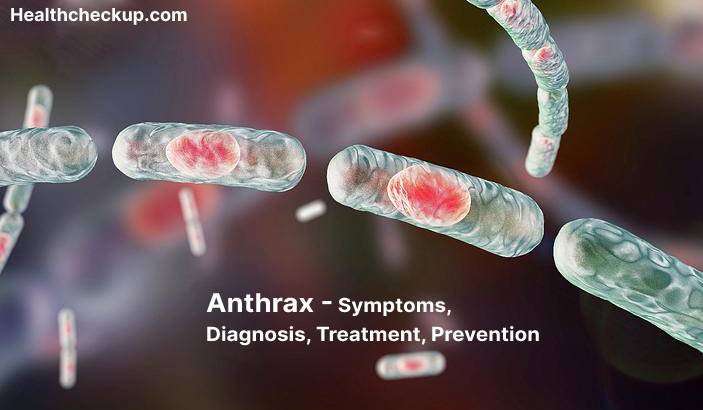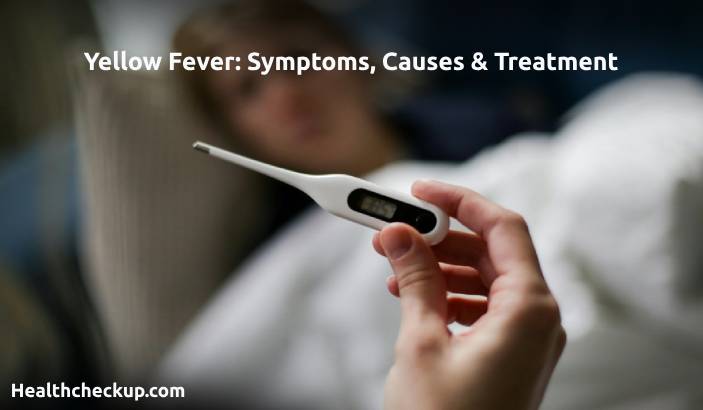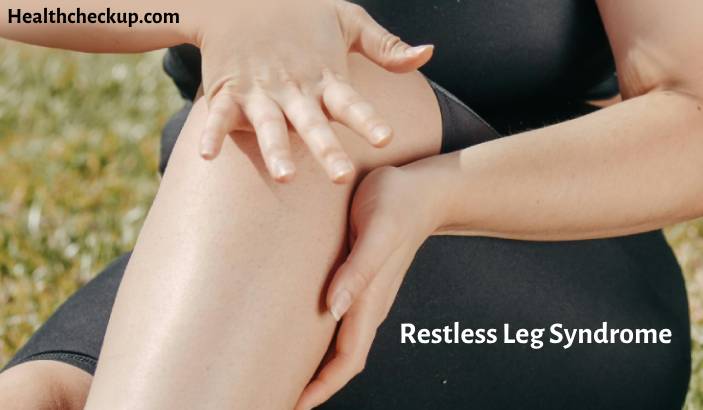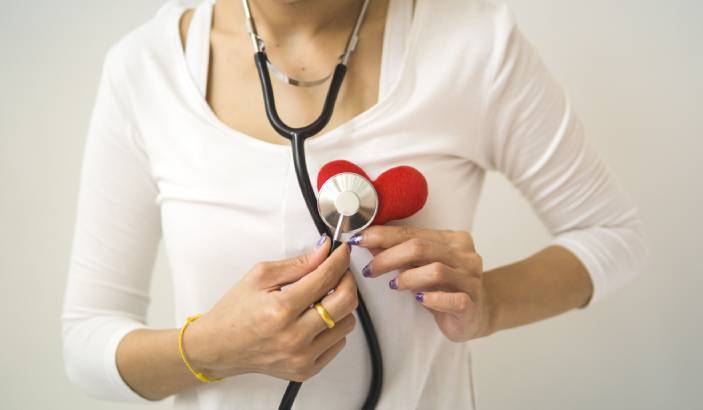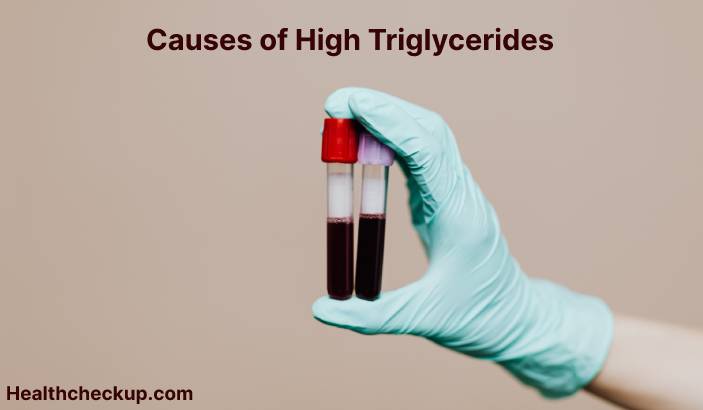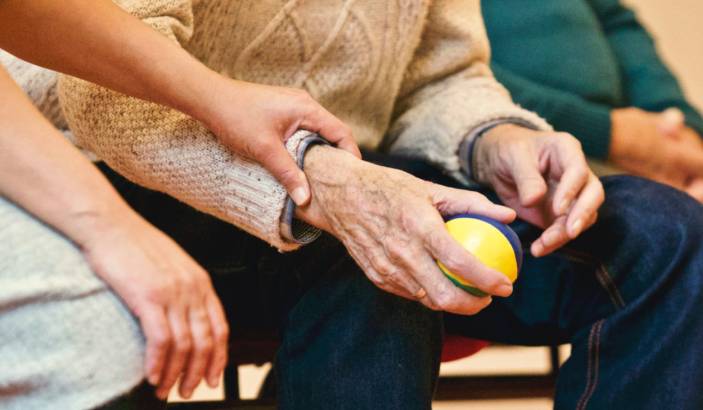Anthrax is a bacterial infection caused by the bacterium Bacillus anthracis. The bacterium is found naturally in soil, and it can infect animals and humans through cuts or abrasions in the skin, inhalation, or ingestion. Anthrax can cause a range of symptoms, depending on the route of infection, and it can be severe or even fatal in some cases.
Symptoms
Symptoms of anthrax depend on the route of infection and can include:
- Cutaneous anthrax: symptoms typically appear within 7 days of infection and can include a painless sore on the skin that becomes a black eschar (scab), fever, and swollen lymph nodes.
- Inhalation anthrax: symptoms typically appear within 1-6 days of infection and can include fever, chills, fatigue, difficulty breathing, and chest pain.
- Gastrointestinal anthrax: symptoms typically appear within 1-7 days of infection and can include fever, abdominal pain, nausea, vomiting, and bloody diarrhea.
In severe cases, anthrax can lead to complications such as meningitis, septic shock, and organ failure, which can be fatal.
Diagnosis
Anthrax is diagnosed based on symptoms, exposure to the bacterium, and laboratory testing. Testing can include blood tests, cultures of tissue or fluids, and imaging studies.
Treatment
Anthrax is treated with antibiotics, such as penicillin or ciprofloxacin. Treatment is most effective when started early, and it is typically administered for at least 60 days. In severe cases, hospitalization may be necessary.
Prevention
There are vaccines available to prevent anthrax, but they are primarily used for people who are at high risk of exposure to the bacterium, such as military personnel and laboratory workers. The best way to prevent infection is to avoid contact with infected animals or animal products, and to practice good hygiene, such as washing your hands regularly.
Overall, anthrax is a bacterial infection that can be severe or even fatal in some cases. It is important to take steps to prevent exposure to the bacterium and to seek medical attention if you develop symptoms after potential exposure.


